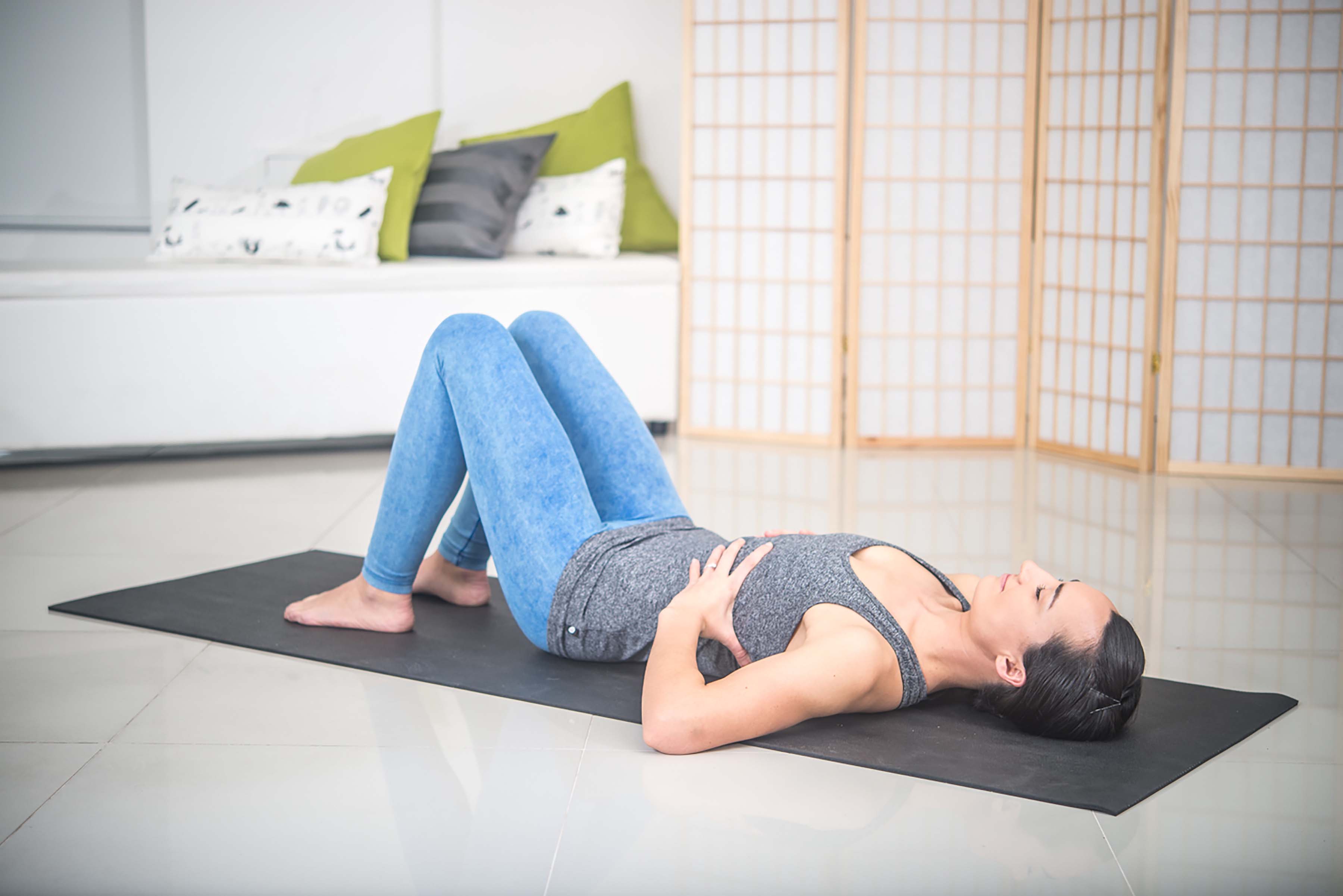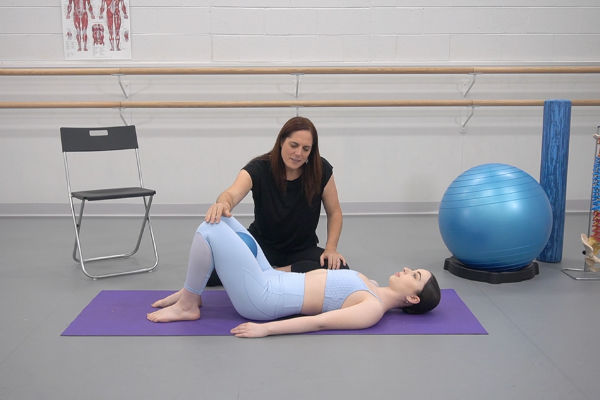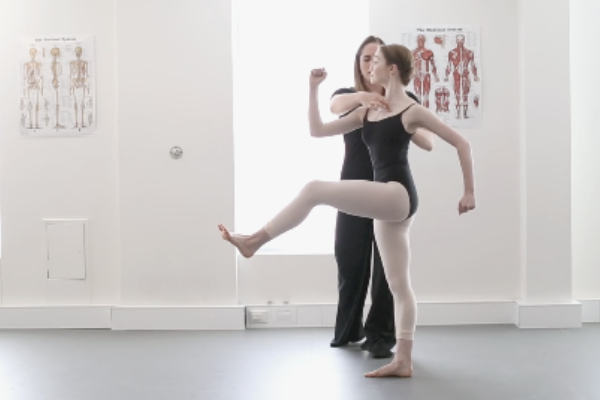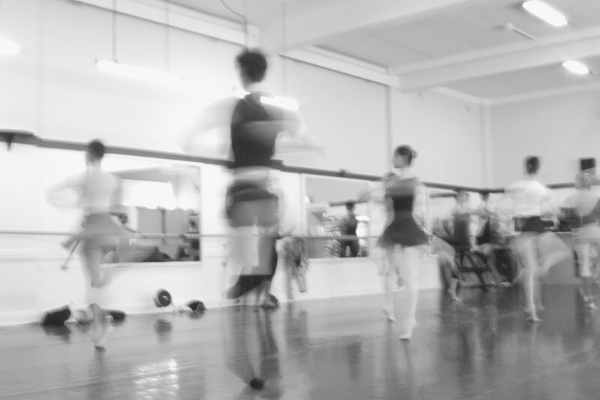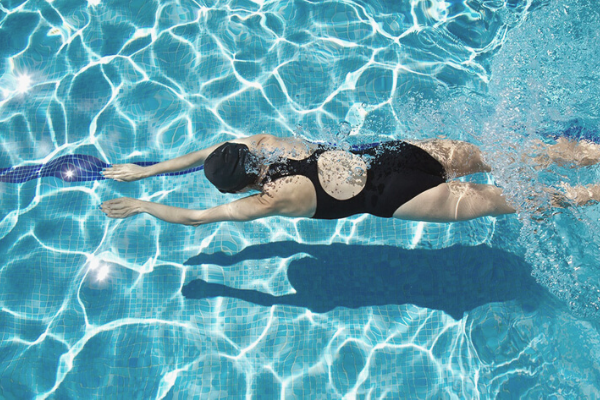- Free Articles
- Shop
- Workshops
- The Dance Educator Series
- Upcoming Workshops
- Workshop FAQ’s
- Host Application Form
- Student Workshop Application Form
- Dance Teacher & Health Professional Directory
- Workshop Testimonials
- Members Areas
- Cart
- My Account
Tucks and Tilts Sequences
This exercise is excellent for improving the mobility and control of your lower back and is a great way to start to the day. It is also perfect for helping to improve the height and line of your arabesque. This technique works by taking the back into non-painful positions and performing very small, pain free movements of the lumbar spine. This helps activate the deepest spinal stabilisers, mobilise the tiny facet joints in the spine and helps hydrate and nourish the tissues in this often very restricted area.
You can also use this simple process of self mobilisation to assess your range in each direction and correct any small restrictions or pain in the lower back. A restriction in just one or two joints in the lower back can cause a loss of range and can result in pain in the low back. If there is any pain in the spine then this will inhibit exactly the muscles that we are trying to activate. If the deep muscles are inhibited due to pain, then any attempts to strengthen will simply result in tension in the outer global muscles. It is far better to spend some time clearing out any pain or restriction in the spine before commencing any strengthening. Make sure to clear your range in each direction before moving on to the next.
You should not feel pain in your lower back with this exercise. If you do, use the opposite direction and opposite movement to mobilise the spine and then retest. This technique works very well for most instances of mild back pain, however if you have persistent pain that does not clear with this technique then we highly advise that you consult an appropriate health professional.
- Focus on using as little muscle effort as possible
- Use your fingers to check for overuse of the global back muscles, gluteals, abdominals and hip flexors
- Note any points of tension as you alternate between opposing directions
- If there is pain or restriction on one side (i.e. right sided low back pain with a right hip hitch), use the opposite direction (left hip hitch) and the opposite movement (flexion and extension) to fix it
- Once you can perform all directions effectively without any pain or restriction, you can combine them all by moving the pelvis in a figure 8 or infinity sign movement.
Once you have mastered the original version of the Tucks and Tilts Sequence you may like to try these two more advanced versions.
Micro Tucks and Tilts are wonderful for hypermobile individuals who may have an instability at just one or two levels. It is also wonderful for people who have chronically tight hip flexors, as this is often secondary to instability in the low back. It is also ideal for high level dancers who are working in deep spinal extensions frequently the day, and may help resolve the feeling of needing to crack your back multiple times a day.
The Sacral Tucks and Tilts are perfect for those who have issues with the SIJ joint, whether this is due to stiffness or too much mobility. This can often occur during or after pregnancy and child-birth, or in hypermobilie individuals. This technique does take some time to master as it is very subtle, but it can give wonderful relief for individuals who struggle with other stability exercises.
Core Resources
If you are looking to delve deeper into this topic, check out the following programs:
- A New Approach to Core Stability: This program approaches Core Stability training in a completely new way. Using a simple visual chart comprising of 5 different positions (Lying, Side Lying, 4 Point, Sitting and Standing) and 5 different grades, you can work your way through the entire program at your own pace, layering levels of stability to achieve ultimate dynamic control of the spine and pelvis.
- Level One Dance Teacher and Therapist Training: This unique course covers a multitude of assessment and treatment techniques to individualise a dancer's training. With special focuses on Postural Control, Core Stability, Flexibility, Basic Classical Technique, The Dancers Hip, Allegro, Spinal Mobility and Arabesques, it is suitable for anyone working closely with dancers.



